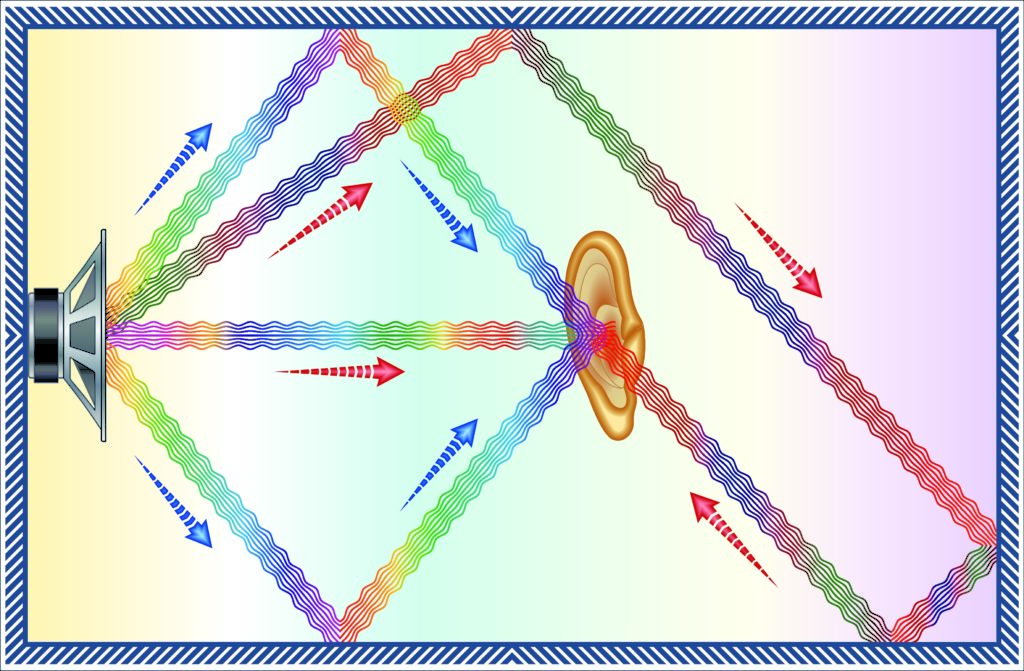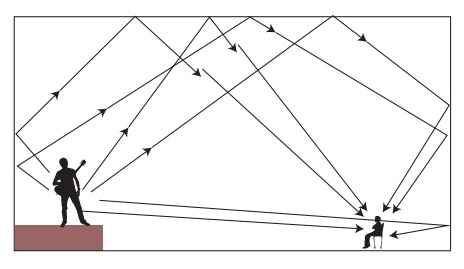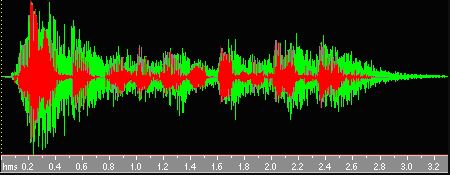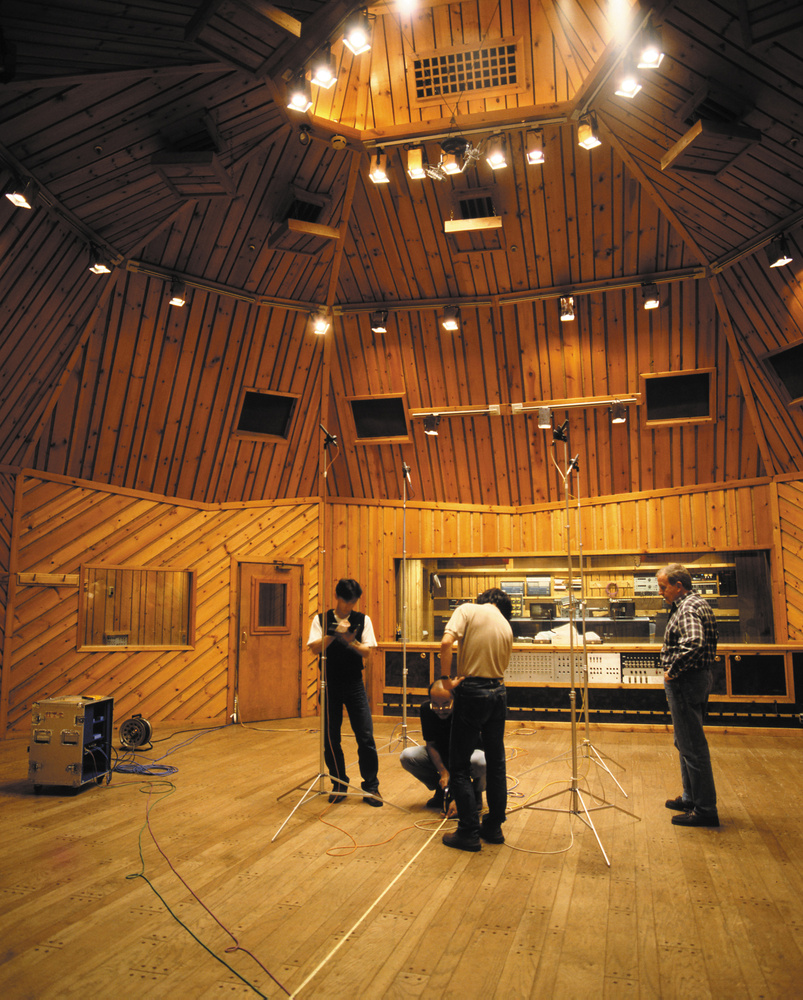
Reverberation, also known as reverb, is the persistence of sound in a particular space after the original sound has stopped. This persistence is caused by sound waves reflecting off of surfaces in the space (like walls, floors, and ceilings). The longer a sound persists, the higher the reverberation time. Reverberation can have a significant impact on the acoustics of a space, particularly in places like churches and concert halls where clear, intelligible sound is important.
Addressing Reverberation in Church Acoustics
In churches, reverberation can be a particularly challenging issue. While a certain amount of reverberation can add a sense of spaciousness and grandeur to the space, excessive reverberation can make it difficult for congregants to hear and understand the spoken word, music, or other sounds that are being produced. This can be a major problem during religious services and other events, where clear sound is crucial.

The Impact of Surfaces and Size on Room Acoustics
One of the key factors that determine the reverberation time of a space is the absorption coefficient of the surfaces in the room. The absorption coefficient is a measure of a material’s ability to absorb sound. Materials with high absorption coefficients, such as carpeting, curtains, and padded seats, can help to reduce reverberation and improve the clarity of sound. In contrast, hard, reflective surfaces like stone, marble, and tile can contribute to increased reverberation. Another important consideration is the size of the space. Larger spaces tend to have longer reverberation times than smaller spaces. This means that churches with high ceilings and large open spaces may need more sound-absorbing materials to achieve good acoustics.

To solve the reverberation problem, architects and acoustics engineers will often use sound-absorbing materials and techniques like sound diffusers, bass traps and ceiling clouds to reduce the reverberation time and improve the clarity of sound in churches. Additionally, the position and the shape of thespeakers in the room play a big role in the sound propagation and reverberation time inside the room.

In summary, at Acoustic Fields, we know reverberation is an important consideration for churches and other spaces where clear sound is important. Excessive reverberation can make it difficult for congregants to hear and understand spoken word, music, and other sounds. To solve the reverberation problem, architects and acoustics engineers use sound-absorbing materials, techniques, and the positioning of the speakers. By carefully designing and managing the acoustics of a space, it is possible to create a sanctuary where worshippers can hear and understand the spoken word, music, and other sounds with ease.






